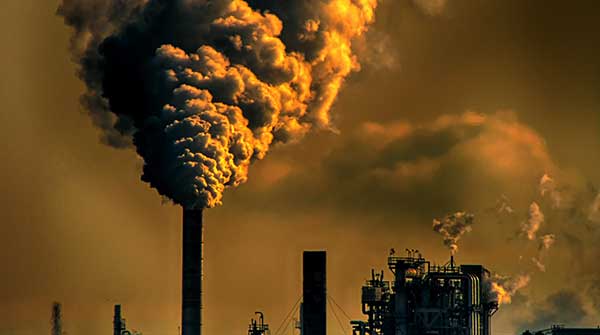B.C. has made remarkable progress in energy efficiency and emissions reduction even as its population and economy have expanded
By Denise Mullen
and Jock Finlayson
The good news story we never talk about is the remarkable advances British Columbians have made in boosting energy efficiency and reducing greenhouse gas (GHG) emissions relative to the size of our economy. This welcome trend has unfolded even as the province has made little headway in reducing its absolute level of emissions, despite endless government pronouncements suggesting otherwise.
 Denise Mullen |
 Jock Finlayson |
Access to reliable, affordable energy is central to economic well-being for all societies. Readily available energy is essential to meet day-to-day needs for heating, cooling, transport, and agricultural and industrial production. Affordable energy improves the overall standard of living.
To make sense of how well we are using energy, it’s necessary to consider the concepts of energy density and GHG intensity.
Energy density is the ability of a given energy source to deliver “power” (i.e., energy flow per unit of time), relative to its weight and physical dimensions. This is the most important attribute of an energy source.
GHG intensity partly reflects energy density, along with the mix of fuels used in the economy. But it also relates to how energy is used, which depends on the technologies, machines and processes that are part of the integrated energy system and the wider economy.
There are two ways to estimate GHG intensity: emissions per capita and emissions per unit of economic output or gross domestic product (GDP).
Emissions per capita is a common reference in climate policy discussions. But it is not an ideal indicator because it ignores geospatial, social, economic, and population factors.
Canada is a relatively cold and very large country. B.C. is the fourth largest province in geographic terms, with a land mass exceeding most European countries, Japan and South Korea. Canada and B.C. are also located at northern latitudes, where access to energy is a 24/7 necessity in winter.
Population growth affects the quantum of energy used and thus helps determine GHG emissions per capita. Between 2018 and 2023, B.C.’s population grew by 10 percent. Every new resident immediately needs goods, services, and housing, all of which have implications for energy demand and, over time, for the level of aggregate GHG emissions.
These geospatial, social, economic, and population factors detract from the usefulness of per capita GHG emissions comparisons with other jurisdictions. Canada and British Columbia are not the European Union or the United States. A simple per capita emissions measure fails to account for substantial differences in geography, distance between population centres, and economic structure.
For example, the E.U. occupies just 40 percent of the land area of Canada, with a population density of 122 people per square kilometre compared to our four people per square kilometre. And while the United States is similar to us in land area, it has 10 times more people and an economy approximately 12 times larger than ours. These differences matter and cannot be captured in a measure of per capita GHG intensity.
The data show that B.C. has managed to reduce per capita energy use by one-quarter since the late 1990s. Over the same period, per capita GHG emissions have declined by a similar amount. All of this happened while the province’s economy and population both grew steadily.
Arguably, GHG emissions per dollar of GDP provides a better measure of the GHG intensity of the economy.
GDP measures the value-added of all the goods and services produced within a country’s (or a province’s) borders in a specific time period, typically one year. GHG emissions per unit of GDP is a measure of how much energy is used to generate a dollar of additional output. Moving to a smaller ratio over time is desirable, as it signals that economic activity occurs while using less energy (i.e., with greater efficiency). This is what the data shows for B.C.
Since 1997, B.C. has improved its energy efficiency (i.e., the amount of energy used to produce a unit of output) by almost half. Policymakers tend to overlook this – a significant oversight.
There are many confounding questions about whether and how B.C. can meet the ambitious absolute GHG emission reduction targets set by the provincial government. But we should be heartened by the progress that’s been made in becoming more efficient users of energy.
Denise Mullen is Director of Environment, Sustainability and Indigenous Relations at the Business Council of B.C. Jock Finlayson is Chief Economist at the Independent Contractors and Businesses Association (ICBA), which is Canada’s largest construction industry association.
For interview requests, click here.
The opinions expressed by our columnists and contributors are theirs alone and do not inherently or expressly reflect the views of our publication.
© Troy Media
Troy Media is an editorial content provider to media outlets and its own hosted community news outlets across Canada.


